When people hear “Shojin Ryori,” they often associate it with “monk’s food” or “vegetable-only dishes.” However, Shojin Ryori has a long history and deep meaning, and today, it is gaining attention as a healthy Japanese cuisine.
The term “Shojin” comes from Buddhism and means “to devote oneself to spiritual training by eliminating worldly desires and purifying the mind and body.” Originally developed as a meal for Buddhist monks, Shojin Ryori avoids meat and fish, using plant-based ingredients such as vegetables and tofu.

But when did Shojin Ryori arrive in Japan? What ingredients are used? How does it differ from vegan cuisine? And where can you try it?
In this article, we’ll explore the history, characteristics, and key ingredients of Shojin Ryori.
What is Shojin Ryori?

I don’t know about Shojin Ryori a lot.

I will cook for you one day.
History of Shojin Ryori
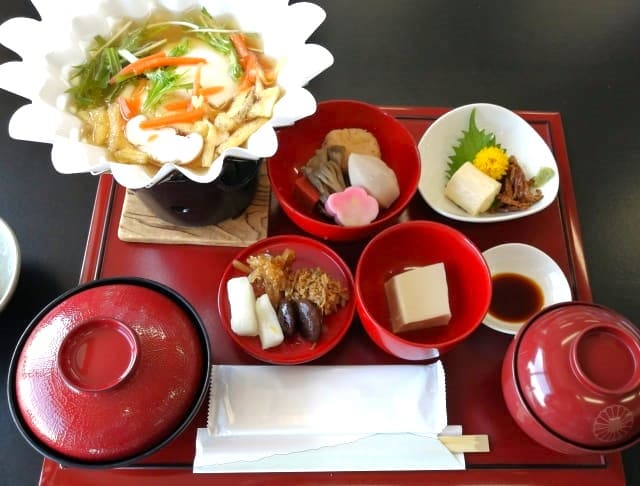
Shojin Ryori was introduced to Japan from China along with Buddhism in the 6th century. It initially spread as a meal for monks undergoing religious training.
By the Heian period (794–1185), the foundation of Shojin Ryori was established, although it was quite simple at the time—often just boiled vegetables with salt or soy sauce. It was even described as “not delicious” by the famous author Sei Shonagon in The Pillow Book/枕草子.
In the Kamakura period (1185–1333), Zen Buddhism played a major role in refining Shojin Ryori. New cooking techniques were introduced, and the cuisine became more sophisticated. The style of Shojin Ryori known today was largely shaped during this time.
Basic Rules of Shojin Ryori
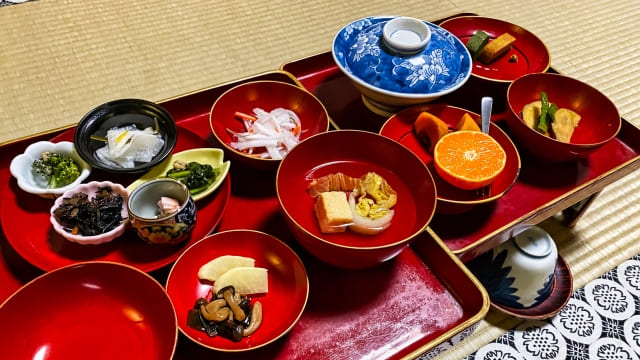
Shojin Ryori follows Buddhist teachings and does not include any animal products, such as meat or fish. Additionally, respecting ingredients and minimizing waste is an essential principle.
Another key rule is avoiding ingredients that stimulate worldly desires. This includes:
| Five Pungent Roots (Gokun) |
|---|
 |
| Green onions, garlic, chives, scallions, and onions |
| (believed to stimulate sexual desires) |

I love the five pungent roots! hehe…

I know.
| Strong Spices |
|---|
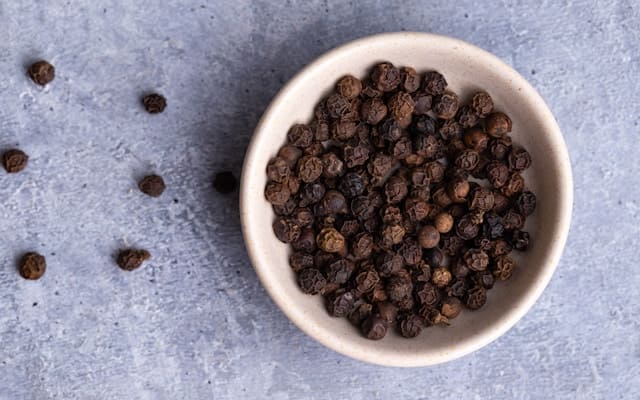 |
| Chili peppers, black pepper, and ginger |
| (avoided to maintain spiritual purity) |
Thus, Shojin Ryori is not just about food—it is an integral part of Buddhist practice.
Ingredients Used in Shojin Ryori
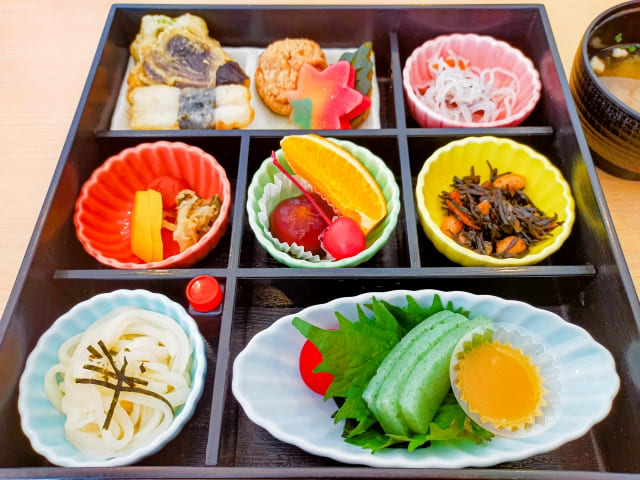
Key Ingredients in Shojin Ryori
Shojin Ryori uses only plant-based ingredients. Some of the most common ones include:
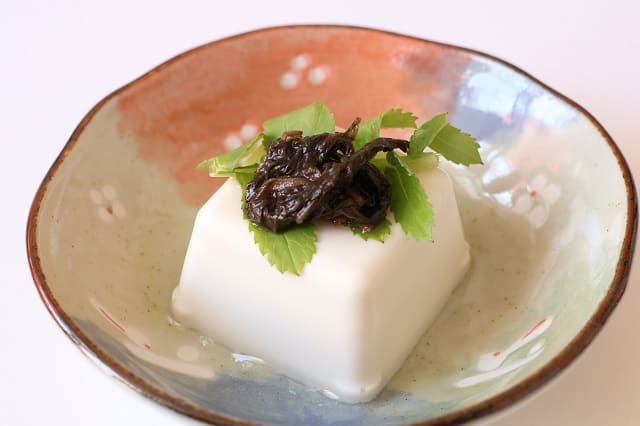 Soy Products | tofu, natto, yuba, miso, soy sauce etc |
 Vegetables | root vegetables, leafy greens, mushrooms, etc |
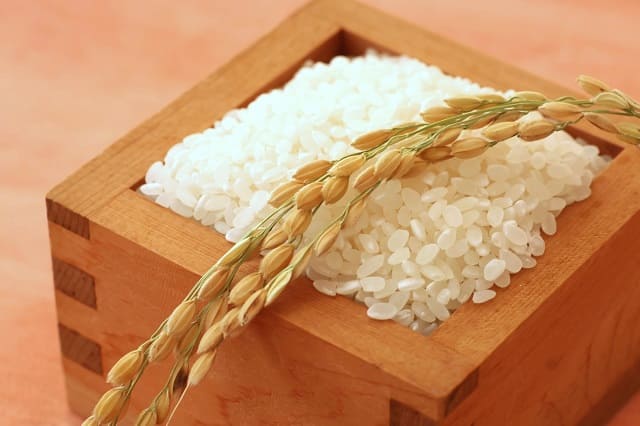 Grains | rice, millet, soba noodles, etc. |
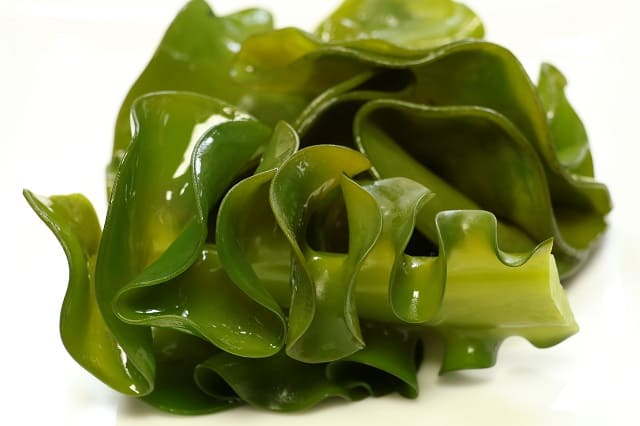 Seaweed | kombu, wakame, nori, etc. |
 Fruits | any kind of fruits |
These ingredients are carefully combined to ensure a well-balanced diet.
Ingredients Avoided in Shojin Ryori


In addition to meat and fish, Shojin Ryori avoids the five pungent roots and strong spices that could disturb the mind. As a result, the flavor profile is different from standard Japanese cuisine.
Moreover, animal-based broth is not used. Instead, umami is drawn from kombu seaweed and dried shiitake mushrooms.
Typical Shojin Ryori Dishes
Some popular Shojin Ryori dishes include:
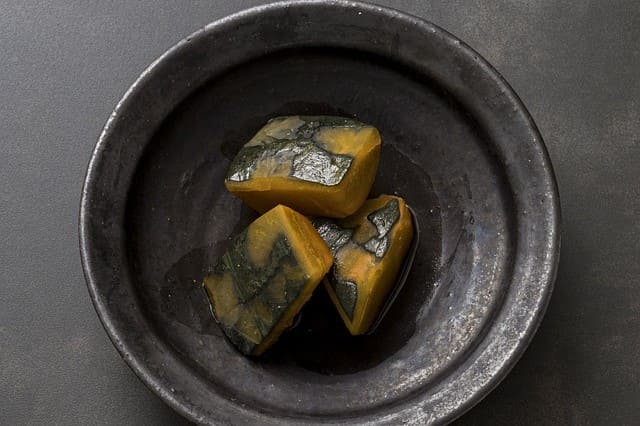 Nimono (Simmered dishes) | Simmered pumpkin, simmered koya-tofu |
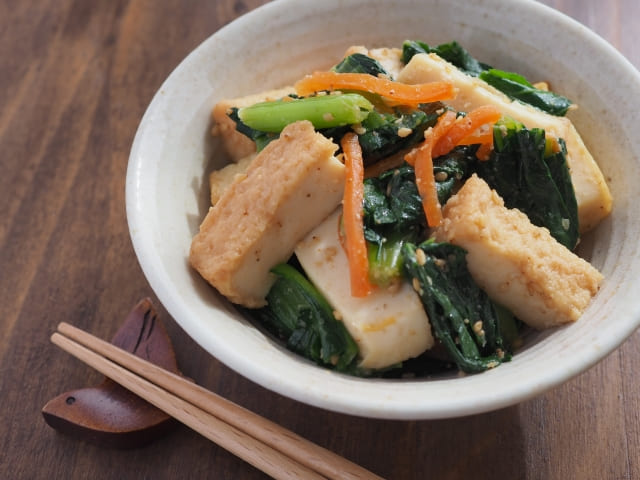 Itamemono (Stir-fried dishes) | Shojin-style stir-fry |
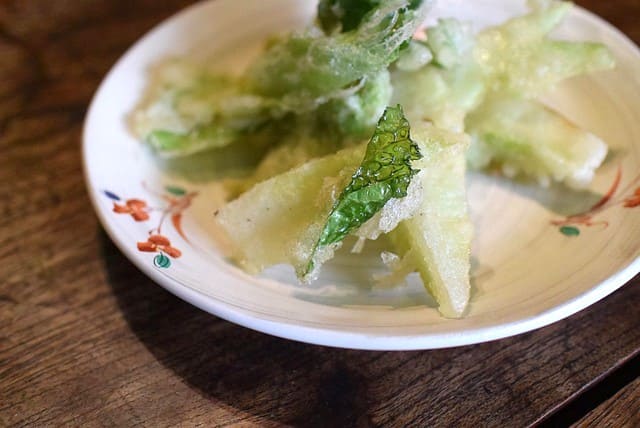 Agemono (Fried dishes) | Shojin tempura |
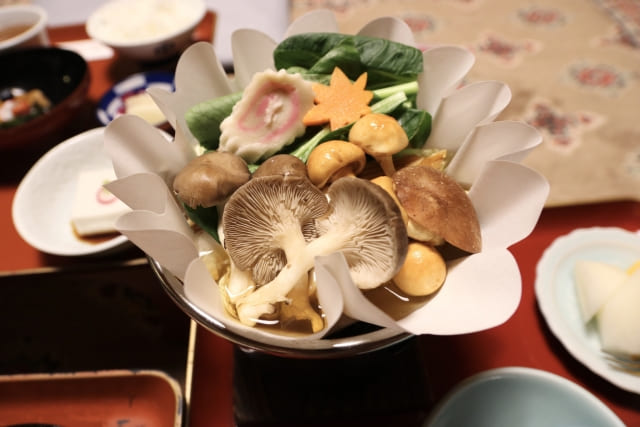 Mushimono (Steamed dishes) | Chawanmushi-style steamed dishes, steamed vegetables |
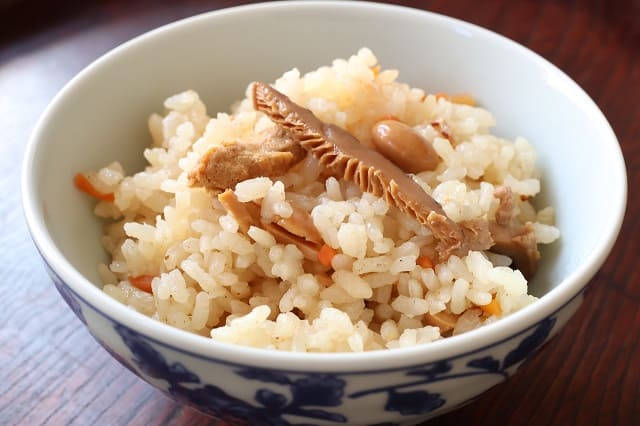 Rice dishes | Okowa (sticky rice), rice porridge |
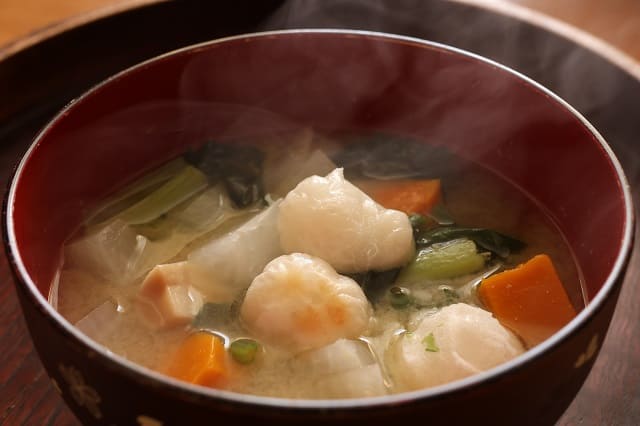 Soups | Miso soup, clear soup |
Even without animal-based ingredients, these dishes are carefully prepared to be delicious and satisfying.
Differences Between Shojin Ryori and Vegan Cuisine

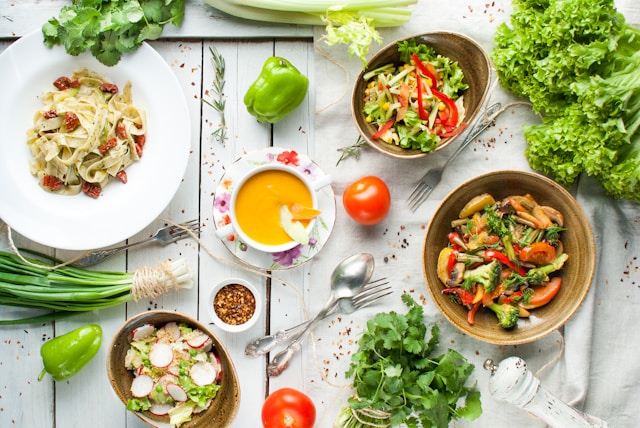
While both Shojin Ryori and vegan cuisine are plant-based, their philosophies and ingredient choices differ:
- Vegan Cuisine: Focuses on eliminating animal exploitation and cruelty.
- Shojin Ryori: Based on Buddhist teachings that respect all living beings and promote spiritual discipline.
Additionally, vegans do not need to avoid strong spices or the five pungent roots, whereas Shojin Ryori restricts them to maintain spiritual balance.
Where to Experience Shojin Ryori
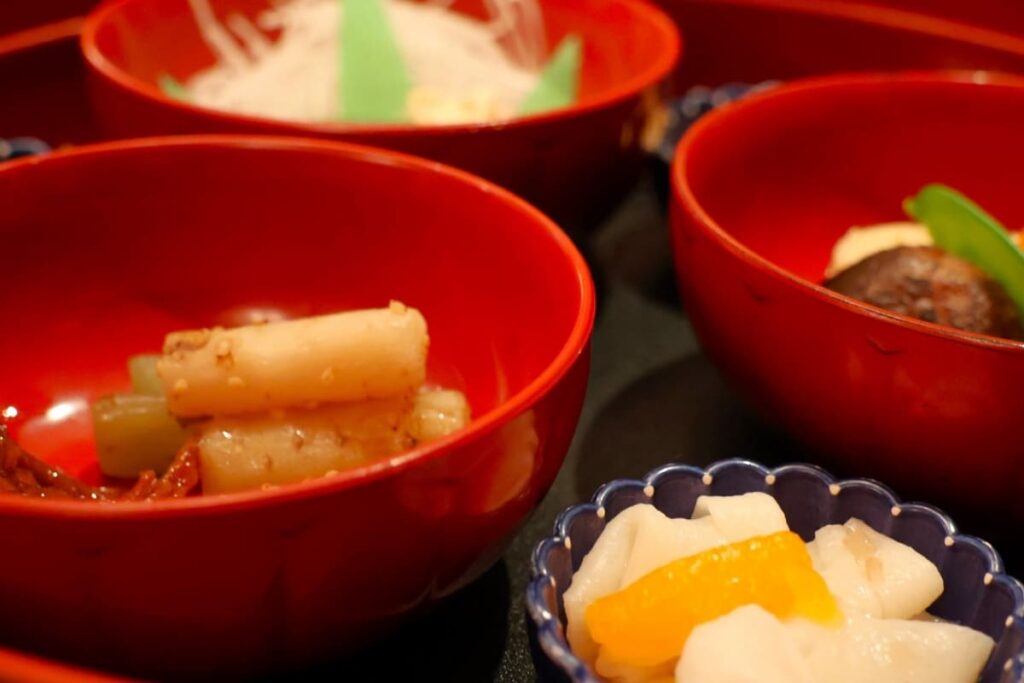
Shojin Ryori can be enjoyed at temples, temple lodgings (shukubo), and traditional Japanese restaurants throughout Japan.
For those interested in Buddhism, staying at a shukubo offers an immersive experience, allowing visitors to try Shojin Ryori along with meditation and sutra copying.

If you want to read about Shukubo,
please read the article below as well.
Recently, due to growing health-consciousness, more cafés and restaurants have started offering Shojin Ryori-inspired menus.
Conclusion
Shojin Ryori is a traditional Buddhist cuisine that eliminates meat and fish, relying on vegetables and soy-based ingredients for nourishment. It has evolved since the Heian and Kamakura periods and is now gaining recognition as a healthy dining option.
While Shojin Ryori shares similarities with vegan cuisine, its roots lie in Buddhist teachings, and it follows specific dietary restrictions.
If you’re interested in experiencing Shojin Ryori, visiting a temple lodging or a Japanese restaurant specializing in Buddhist cuisine is highly recommended. Enjoy this mindful and nourishing meal that not only benefits the body but also calms the soul!

If you are interested in Japanese culture, you may love these games!
Let’s play!

Yes! Let’s play!

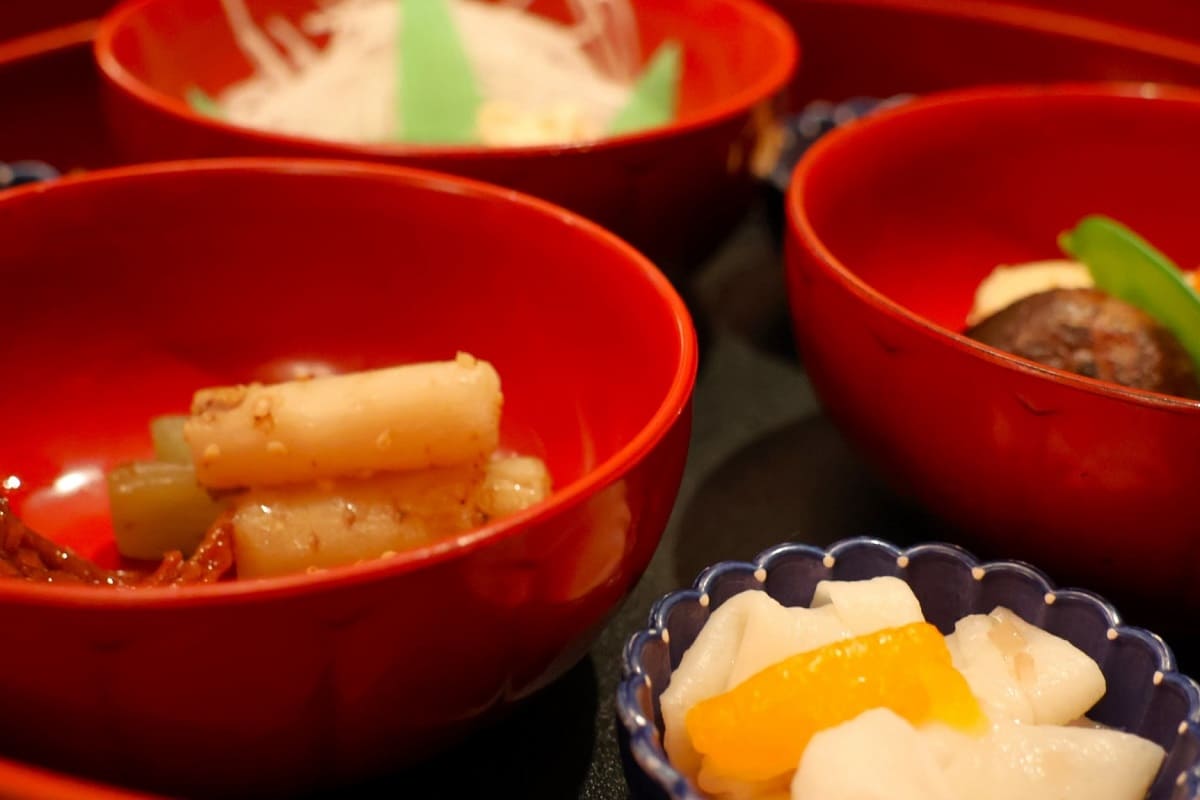

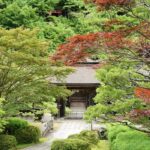

Comments